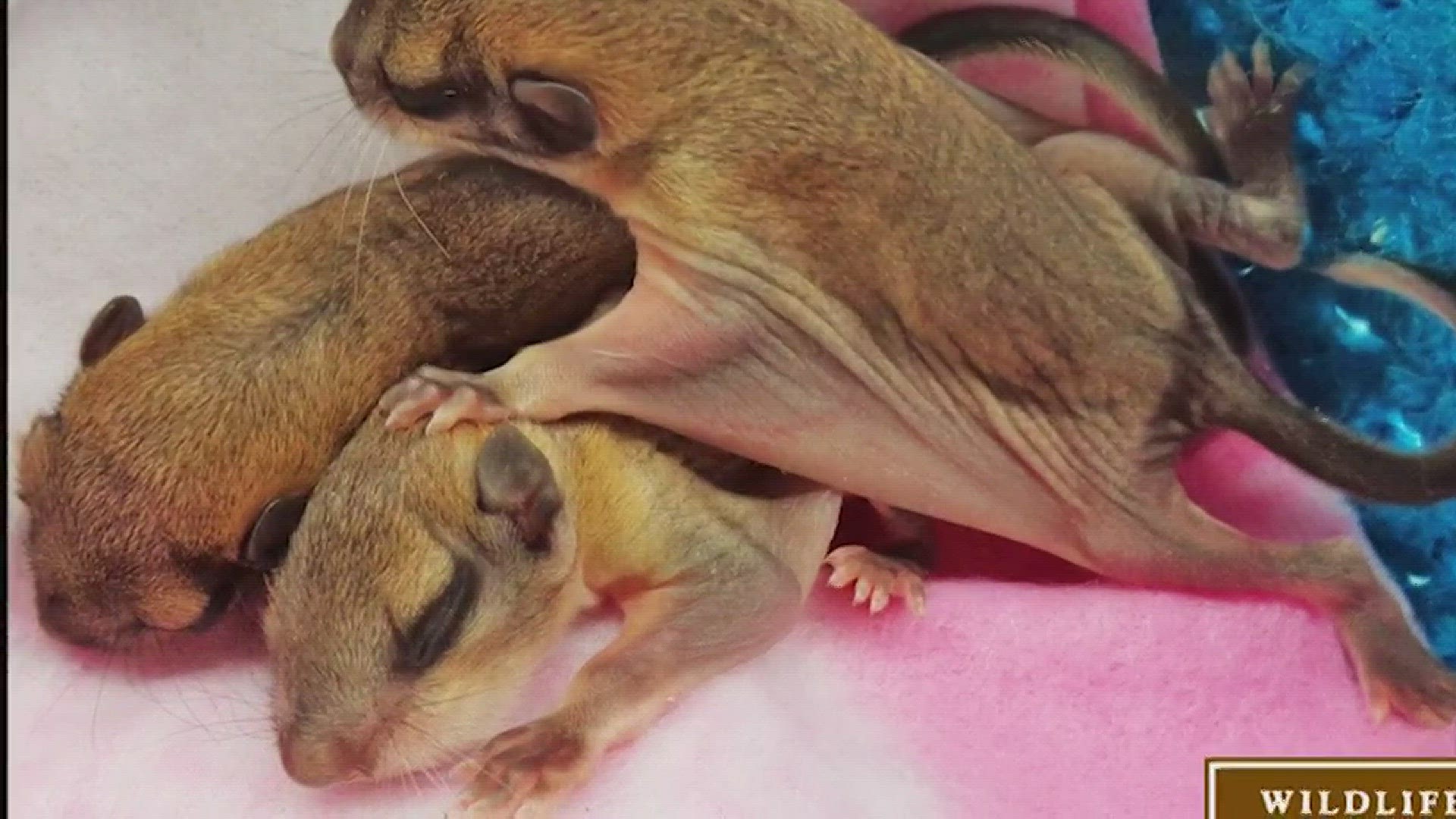For anyone around during the 1960s, seeing a flying squirrel was as easy as turning on your TV, thanks to the hit show "Rocky & Bullwinkle."
But forget fictional Frostbite Falls, Minn. Even in real-life Houston, flying squirrels have found a place to spread their wings.
Pictures of the animals have been popping up on some local social media feeds, including of residents in the Oak Forest neighborhood of North Houston.
Debbie Mitchell Operations Director for Houston’s Wildlife Center of Texas says flying squirrels are one of the more than 300 species and 10,000 animals brought into her building for rehabilitation each year, usually after a tree gets cut down or a cat finds them.
Staff members tell KHOU 11 News the Southern flying squirrel is one of three types of squirrels found in the Houston area, along with the Eastern gray squirrel and Eastern fox squirrel.
“We do get (Southern flying squirrels) here and there,” said Mitchell, who says in the fall, they typically take in between 10 to 20. “You don’t see a lot of them.”
Mitchell says that’s especially true in July, still several weeks away from mating season in August and September. Also, because they’re nocturnal, she says they’re difficult to spot, and their bodies are only a few inches long.
The best place to spot them? Any city or neighborhood where there are tall trees, such as Tomball, Kingwood and Oak Forest. The Southern flying squirrel is also found all over the eastern half of Texas and the United States.
Mitchell says despite the name, their airborne motion is better describing as "gliding."
“Don’t attempt to feed them yourself,” said Mitchell, who recommends using gardening gloves when handling injured squirrels to protect from bites. “If you’ll just please place them in a box with a rag. Close the box because they’re little escape artists, and they’re fast.”
Mitchell says any squirrel in need can be brought to the Wildlife Center seven days per week. For more information, tap/click here.

